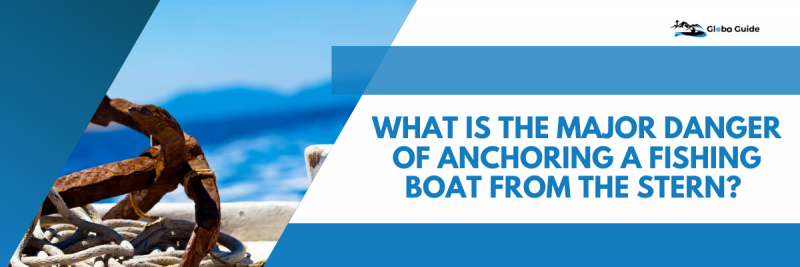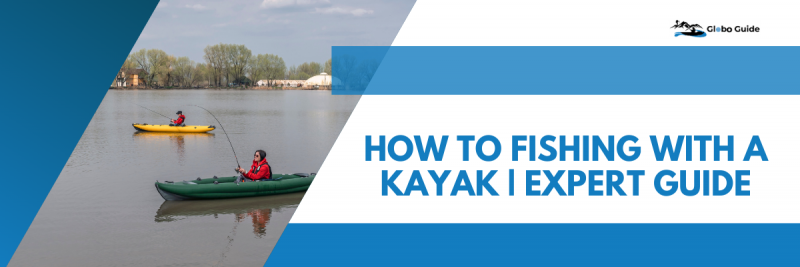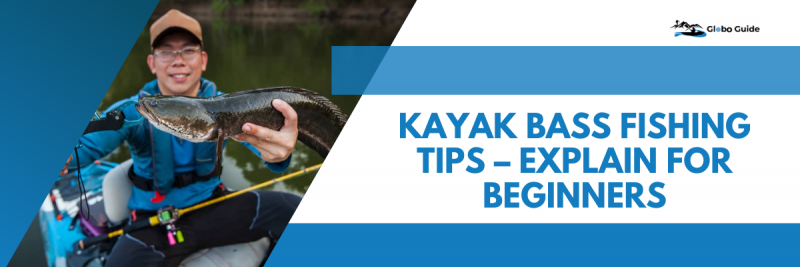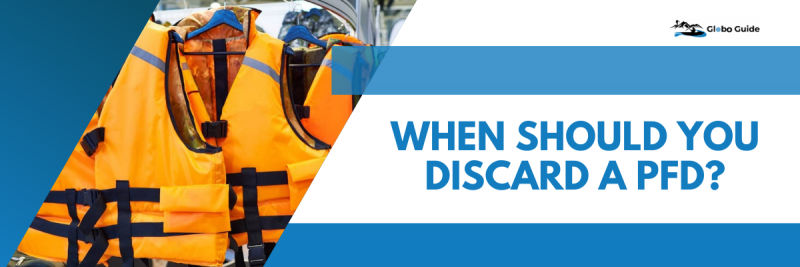If you haven’t been surfing or fishing for a while, you’ll be surfing the web trying to seek out the maximum amount of information as possible. One among the most questions asked is; what is the major danger of anchoring a fishing boat from the stern?
If that’s what you were trying to find, then you’re within the right place. We are getting to tell you the risks of doing so, and that we also will offer you some recommendations on the way to properly anchor your boat.
Guide to Anchoring your Boat
- Always choose an area where there are many spaces. Ideally, it should be an area that’s well protected and has adequate water depth and preferably a muddy or sandy bottom.
- Attach about three to six feet length of galvanized chain to the anchor of the boat, as it will protect the anchor from abrasions from rock, mud, and sand.
- Very slowly head into the present or the wind during a position that’s upwind or upstream where you would like your boat to finish.
- Now when you’ve reached that position, bring your boat to an entire stop and start lowering the anchor to the rock bottom of the water. As mentioned above, don’t anchor it from the strict.
- Begin to back slowly with the boat downwind or downstream. You’ll get to drop approximately eight-ten times your anchor line because of the depth of the water. This also depends on the wind, the wave size, and therefore the force. Tie the road around a bow brace and take the anchor line and pull it to form sure the anchor is in situ.
- Once you’ve finished anchoring, keep an eye fixed out and await sightings of objects that are ashore or also buoys that are present so you recognize exactly where you left your boat and where it’s positioned. Also, constantly recheck the sighting to form sure the ship’s anchor is securely anchored and isn’t being washed away.
- At certain intervals, check the connecting knots present on your anchor line. If possible, choose splices because knots have the power to weaken a line faster.
Essential Tips for Anchoring Your Fishing Boat Properly
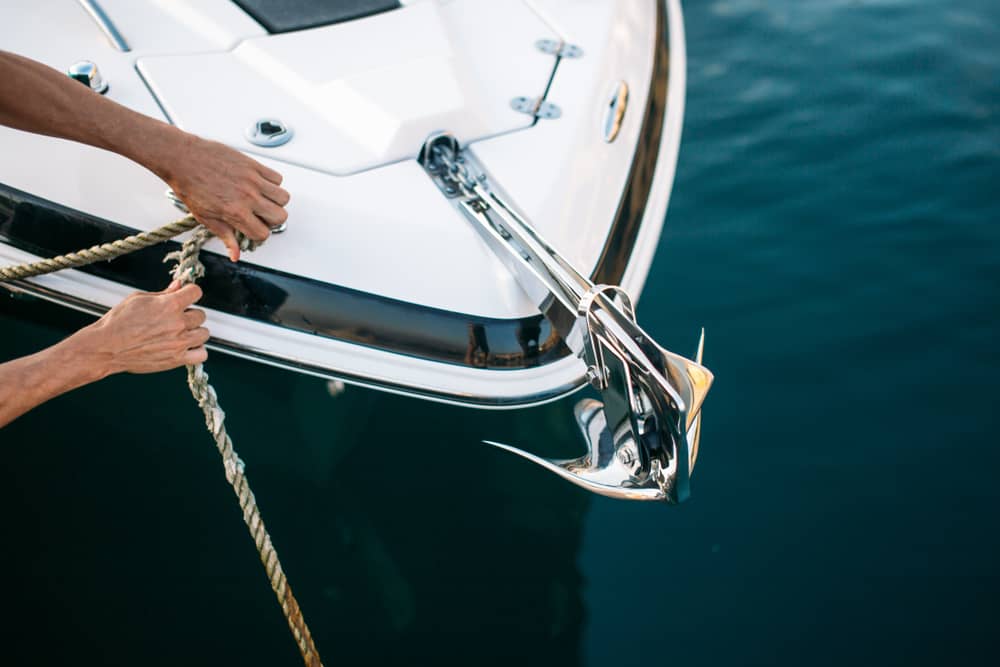
1. Use Your Engine to Help When Anchoring
Proper technique for anchoring begins with releasing the throttle in order that the boat is essentially still at the purpose where you would like the anchor to drop. Let it go, slip back under the facility, and slowly pay the road.
2. Scope Out When Anchoring
You will get to skills much reach to use, as this may affect where the pot is going to be placed once the hook gets stuck. Experience and native knowledge of rock bottom are the simplest teachers but plan for an 8-to-1 ratio of scope to water depth. That is, in 10 feet of water with a height of 4 feet to lean from the water, it comes out 122 feet of the saddle.
With more chain and an oversized ship anchor, you’ll be ready to travel reliably at a 4 to 1 range, while holding rock bottom poorly and/or strong wind and/or strong current may require a variety of 10 a 1. In some cases, technological devices can assist you to fix the ship’s anchor.
3. Head into Current When Anchoring
At extremely slow speed, steer the boat into the wind or current, beyond where you would like the boat to be, at a distance adequate to your estimated range. Come to a stop. In difficult conditions, it is often profitable to travel back without anchoring the boat first, in order that you’ll see where the boat will find yourself once you set the hook.
4. Use Enough Rode When Anchoring
When there’s enough visit match the specified reach, snub the cleat. Allow the stretch to rattle down the road and see if it’s holding. A reverse shot can often help to line the anchor hook, but done before time can cause the boat’s anchor to skid on rock bottom without snagging.
5. Make Sure Your Anchor Holds After Anchoring
With the hook in situ, hold it securely and guide the boat through chocks to make sure that navigation lights and other deck equipment aren’t “swept” by the boat when the boat rocks on the road. Align with two waypoints or use your radar, GPS or depth sounder to watch your position and confirm you’re not dragging the anchor.
Top Tips for Anchoring your Boat
1. Find A Good Spot
A good anchorage offers protection against wind and waves, space for swings, and a top-quality bottom. Choosing an anchor that’s shielded from waves is that the best insurance against skidding because the loads from a pitching bow increase the likelihood of an anchor skidding. Consider the radius of your mounted anchor, plus the length of the boat, when calculating your roll circle, taking under consideration changes in wind direction or current and water depth thanks to tides.
Confirm there are not any boats, sandbars, rocks, or other objects therein circle. Finally, confirm your anchor works for the actual background; lightweight fluke style anchor shown here works best in sand or mud; it might not work well on a grassy, rocky, or hard clay bottom.
2. Prepare For Anchoring
Before the anchor passes the bow, confirm you’ve got enough rods that you’re tangle-free and prepared to go. The anchor where the length is marked beforehand helps you identify what proportion to require out. A length of chain helps to weigh the horse at the anchor for a far better hold. Once you are able to sail, the boat should be stationary or move very slowly aft. Any forward movement will hit the anchor against the strict of the boat. This is often very true on boats with a plumb (vertical) bow.
3. Drop The Hook
It doesn’t matter what body of water you are in. Choose a spot to anchor, keeping in mind where you would like the boat to finish which the anchor will drag a touch before it sets. Because the boat rolls backward, lower the anchor slowly to rock bottom then gently pay off the ride. This may prevent the chain from bunching up. If you anchor and assembled the whole payment in one line, tangle-free, everything should be able to be safely placed at rock bottom. Flip a cove over and take away it occasionally to permit it to straighten.
4. Pay Out The Proper Scope
Your anchor holds best when the load is horizontal, not vertical, so you will have to let loose enough reach to try to to this. First, add the depth of the water to the peak of the bow above the waterline. Now, multiply that total by 5 (for a 5-to-1 range) and pay that quantity of travel for a “lunch hook” when onboard in calm conditions. If it’s windy, otherwise you can get right down to land a touch, pay a minimum of a 7-to-1 range.
If you’re anchoring in water 10 feet deep and your bow is 5 feet above the waterline, the depth of the water + the peak of the bow = 15 feet, which suggests that for a lunch hook you want to place 75 feet of trestle (15 feet x 5).
For an overnight stop, place 105 feet (15 feet x 7). When calculating the reach, don’t include the chain at the top of the trestle anchor unless it’s quite approximately 6 feet; the work of the chain is just to lift the anchor.
5. Set The Hook
Once you’ve released a good margin, let the boat choose the anchor to straighten the ride. a mild breeze or gentle current could also be sufficient for this step. If you’re absolutely still, use the engine with just slightly of reverse. Pause and take an honest shop around you, especially to the side; note its position relative to other stationary objects.
Now put the engine in SLOW reverse. you’ll expect it to maneuver slightly back when the anchor and ride are established and stretched. Soon, however, the ship should settle into a hard and fast position. (If the boat remains moving aft at this stage, the anchor could also be dragging; pick it up and release it again.) If the boat’s position is fixed, you ought to see a propeller wash near the strict, and therefore the anchor should be straight. and tense.
To fully set the anchor, with the engine still in reverse, increase the rpm. If the boat stands still, you’ll rest (relatively) calmly, knowing that you simply are hooked. Check your sewing room again, assuming the wind or current can come from either direction. Have a touch fun.
When it is time to maneuver on, you will need to use a vertical load to your anchor to free the anchor. this suggests moving smoothly with the engine and, if you do not have a windlass, gathering the maximum amount as you’ll onboard by hand.
Take care to stay the mount faraway from the propeller and rudder, and communicate the mount position with the person at the helm if visibility is blocked. Once the ride is directly under the bow of the boat, become a cove. Then instruct the helmsman to slow the engine forward. The anchor should come loose; if not, apply a touch more throttle.
Once the anchor is free, return to neutral. Bring the anchor and climb aboard, being careful to not damage the hull, and wash the mud. Roll up and stow the horse and you’re ready for your next anchor.
Steps for Proper Anchoring
- Select an area that gives maximum protection from wind, current, boat traffic, etc.
- Choose an area with a rocking room altogether directions. If the wind changes, your boat will lean into the wind or current, whichever is stronger?
- Determine the depth and conditions of rock bottom and calculate the number of rides you’ll remove.
- If there are other ships anchored within the area you chose, ask the ship adjacent to the situation you chose what range they need in order that you’ll anchor in such how that you simply don’t hit the neighboring ship.
- Anchor with an equivalent method employed by nearby boats. If they’re anchored fore and aft, you ought to too. If they’re anchored with one bow anchor, don’t anchor bow and stern. Never anchor only from the strict, this might cause the boat to sink or capsize.
- Raise the anchor and mount. Check the shackles to form sure they’re secured with tied wire to stop the screw shaft from opening.
- Arrange the quantity of saddle you’ll need on the deck in order that it follows the anchor within the water smoothly and without tangling.
- Remove the anchor line at the purpose where you would like it to prevent. (Don’t forget otherwise you will dive in search of your anchor).
- Stop your boat and lower the anchor until it’s at rock bottom. This could be done upwind or upstream from the situation, you’ve got selected. Slowly start backing up, releasing the anchor. Backing up slowly will make sure that the chain doesn’t soil the anchor and can prevent it from sinking to rock bottom.
- When all of the anchor rope has been released, reposition the anchor with the engine in reverse to assist set the anchor. (Be careful to not snag the anchor line on your propeller.)
- While backing abreast of a hard and fast anchor, keep one hand on the anchor line. A trailing anchor will telegraph itself because it collides with rock bottom. An anchor that’s in situ won’t shake the road.
- When the anchor is firmly seated, search for landmarks in reference to the boat. You’ll look over your compass to urge the bearing of two different fixed points (house, rock, tower, etc.). For subsequent hours, confirm those landmarks are within the same place. If not, you’re probably dragging the anchor.
- Begin watching the anchor. Everyone should sign up from time to time to form sure they’re not drifting.
- Recover the anchor by pulling or pushing slowly forward until the anchor hangs vertically at the bow.
- Set the road because the boat slowly passes the vertical. This may use the load of the boat to free the anchor and protect it from being dragged by the bow.
- Once free, raise the anchor to the waterline.
- Clean if necessary and let the horse dry before putting it away.
Dangers Of Anchoring A Fishing Boat From The Stern
There are countless reasons why you ought to not anchor your boat from the strict . Several boats are built and designed during a way that presents the bow of the boat to the wind and therefore the sea.
By advancing the pointed end of the boat towards the ocean (and the possible storm ahead), the boat won’t only use the hull to face up to less drag, it also can help deal with oncoming winds. A broader stern can possibly create more drag and thus put more pressure on the gear.
Other factors must even be considered. Most boats have a good entrance to the cabin, the top of the cabin features a flat surface and areas with doors or glass.
Also, most boats have large, open cabins just aft, so tackling in strong winds and other unfavorable conditions from this end can cause serious problems.
In addition, having a ship anchored aft would increase the danger of injury to the rudder, its axle, and therefore the axle trunks. The likelihood of injury to the rudder could depend upon several different aspects. This also includes the situation of the rudder.
For example, a paddle rudder is taken into account one among the features that are noted as typical for ships and something that would enjoy being at the strict. Paddle rudders are large, flat, flat, and typically fairly on the brink of the transom. It’s supported by one axis where it pierces rock bottom.
Having a brief, steep stroke that might hit the rudder when the strict of the ship would be raised and will possibly break it or a minimum of cause quite little bit of damage to its shaft stem, resulting in a catastrophic leak, eventually leaving the anchor line hitched on the helm.
Depending on the sort of sea within the port, the present, also because the configuration of the hull and therefore the location of the propeller, there’s a permanent risk of the anchoring Line getting dirty at the strut, causing a breach within the hull. That’s if the road doesn’t get move begin with. This is able to occur when the boat would dive while being pushed forward while responding to a sudden change in wind.
As you’ll see, generally, it’s a terrible idea to anchor your boat from the strict. Now, let’s advance to discussing the way to anchor your boat the proper way.
Conclusion
As you’ve got seen, even in theory, there are many significant dangers when anchoring a fishing smack from the strict. However, actually, those hazards are often life-threatening, if not killed.
Too many of us have lost their lives thanks to improper anchoring of a ship. So, let’s return to the first question: what’s the best danger of anchoring a fishing smack from the stern? The solution is to lose your ship and possibly your life.
